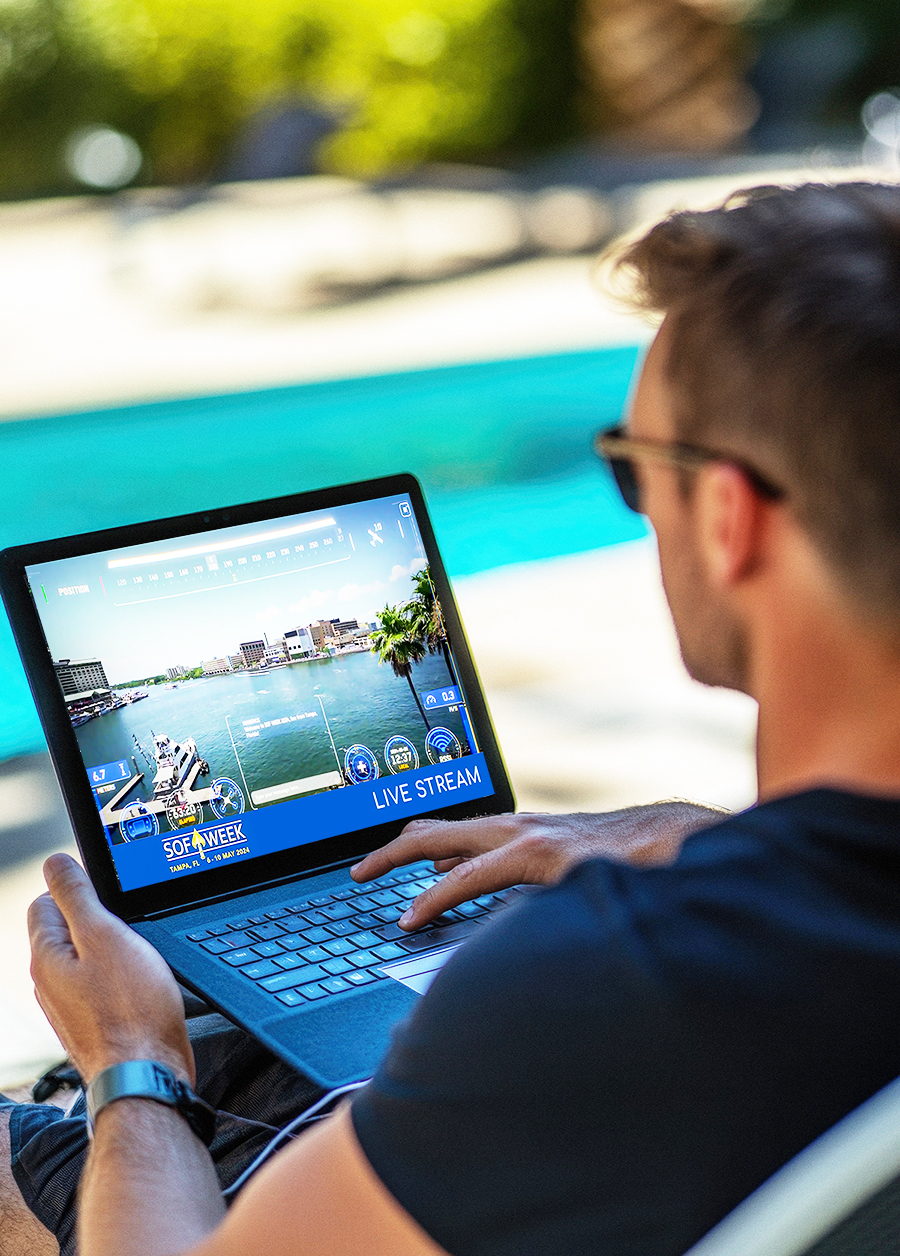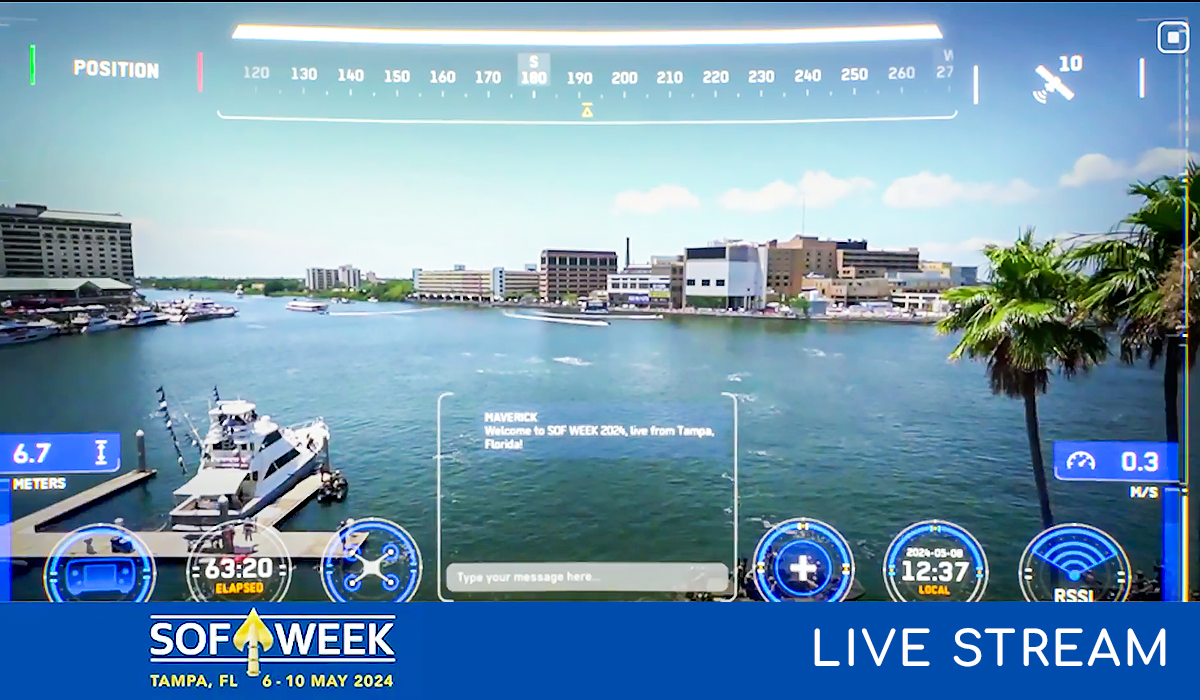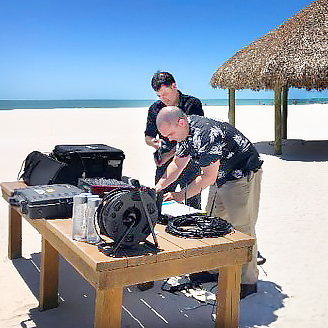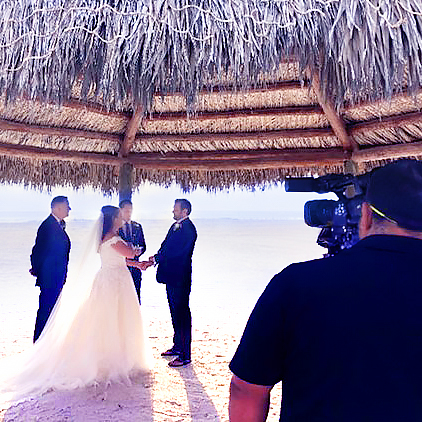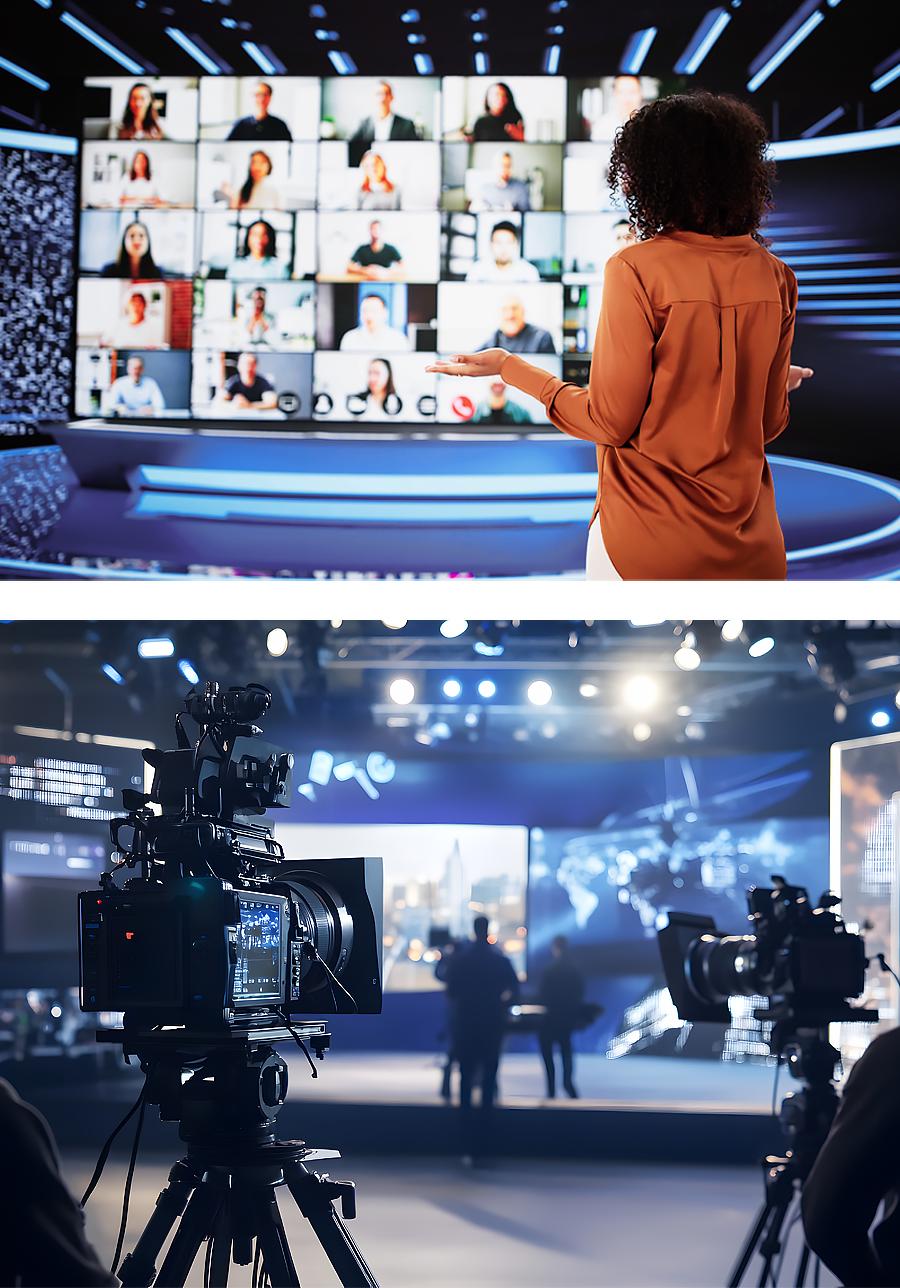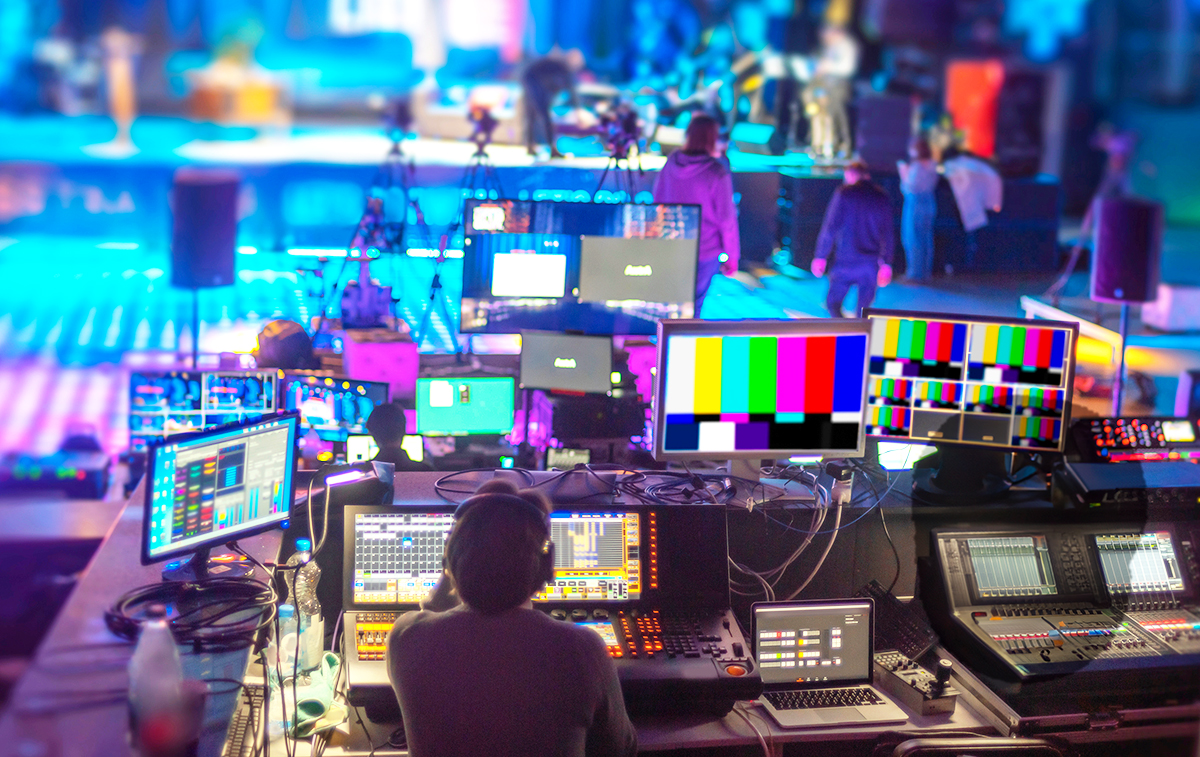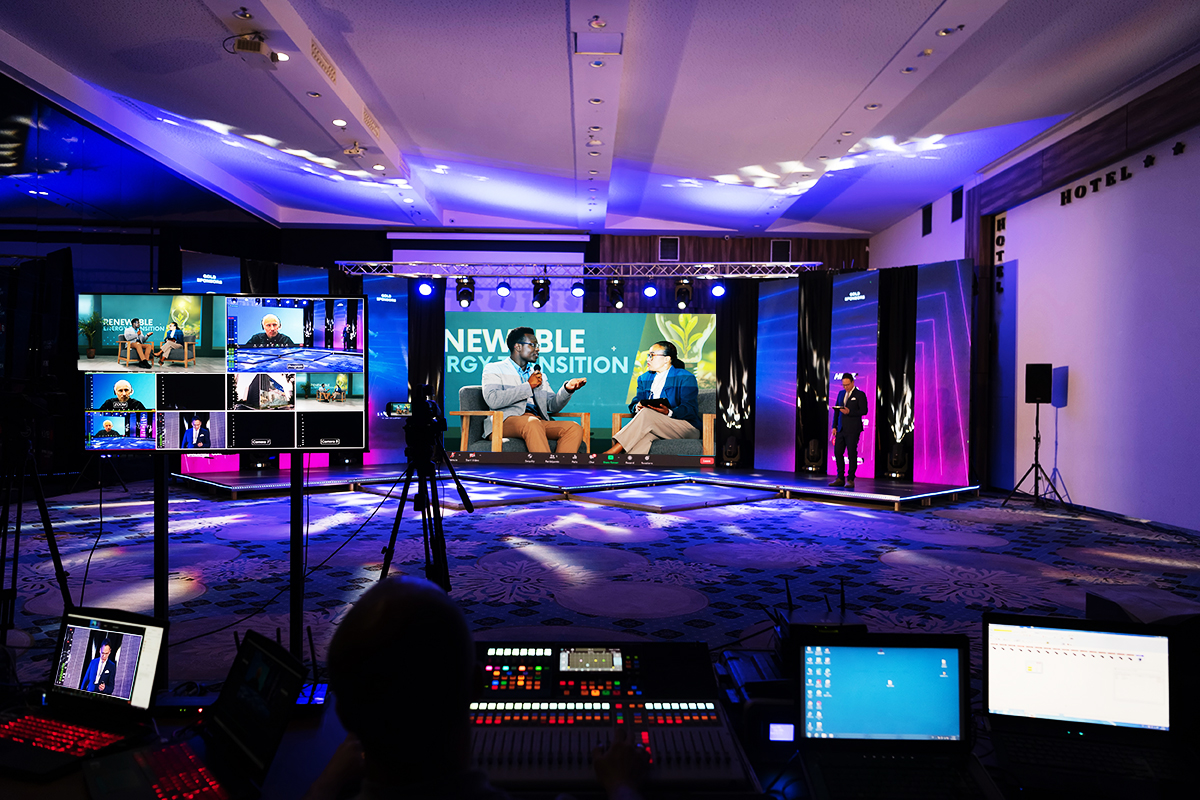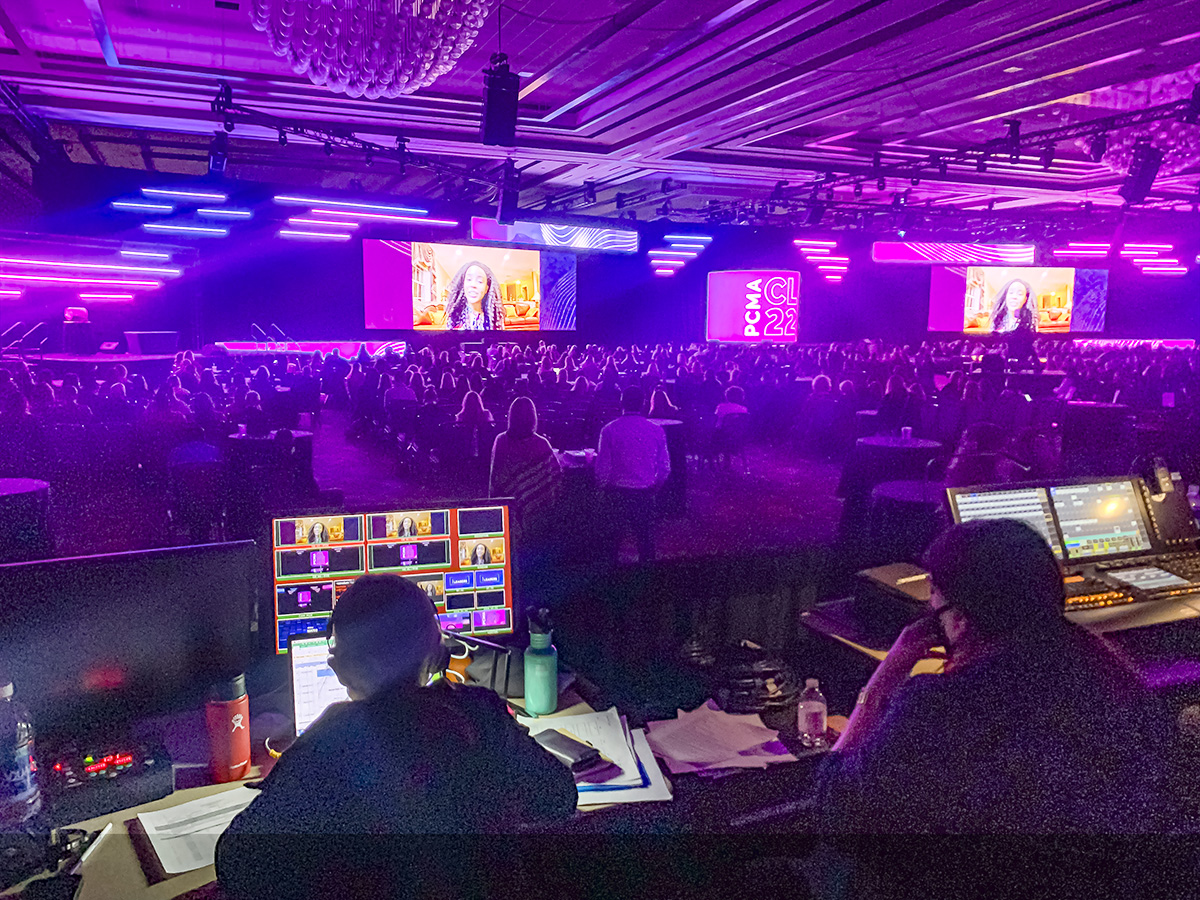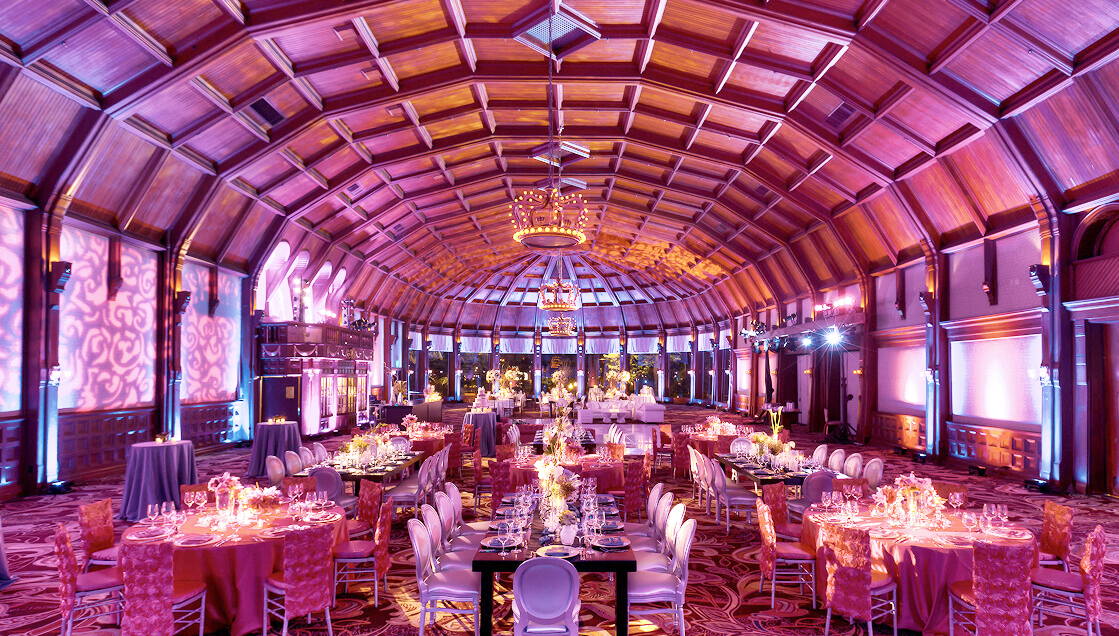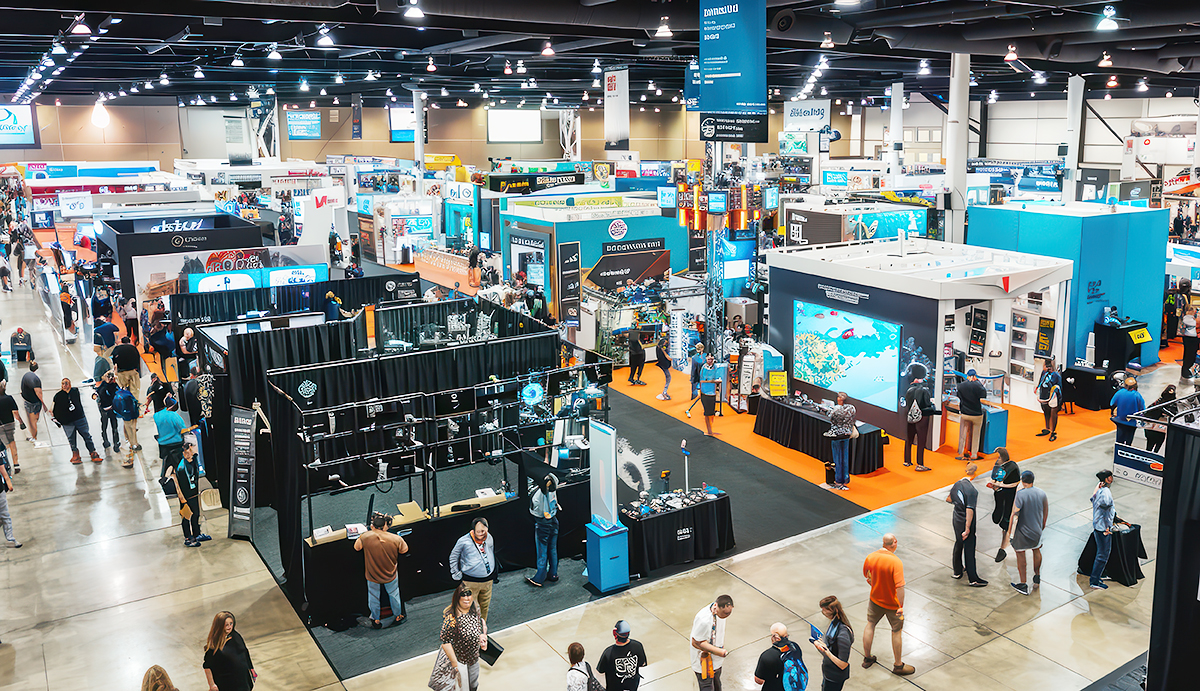Whether live, virtual or a mix of both, we’ll help you ensure all guests experience productions of the same quality.
Hybrid & Virtual
Connect audiences, wherever they are
Hybrid and virtual events are an opportunity to unite your audience with captivating, consistent experiences just like any other. Let’s reimagine alternative events with strategic tech solutions and endless creativity.
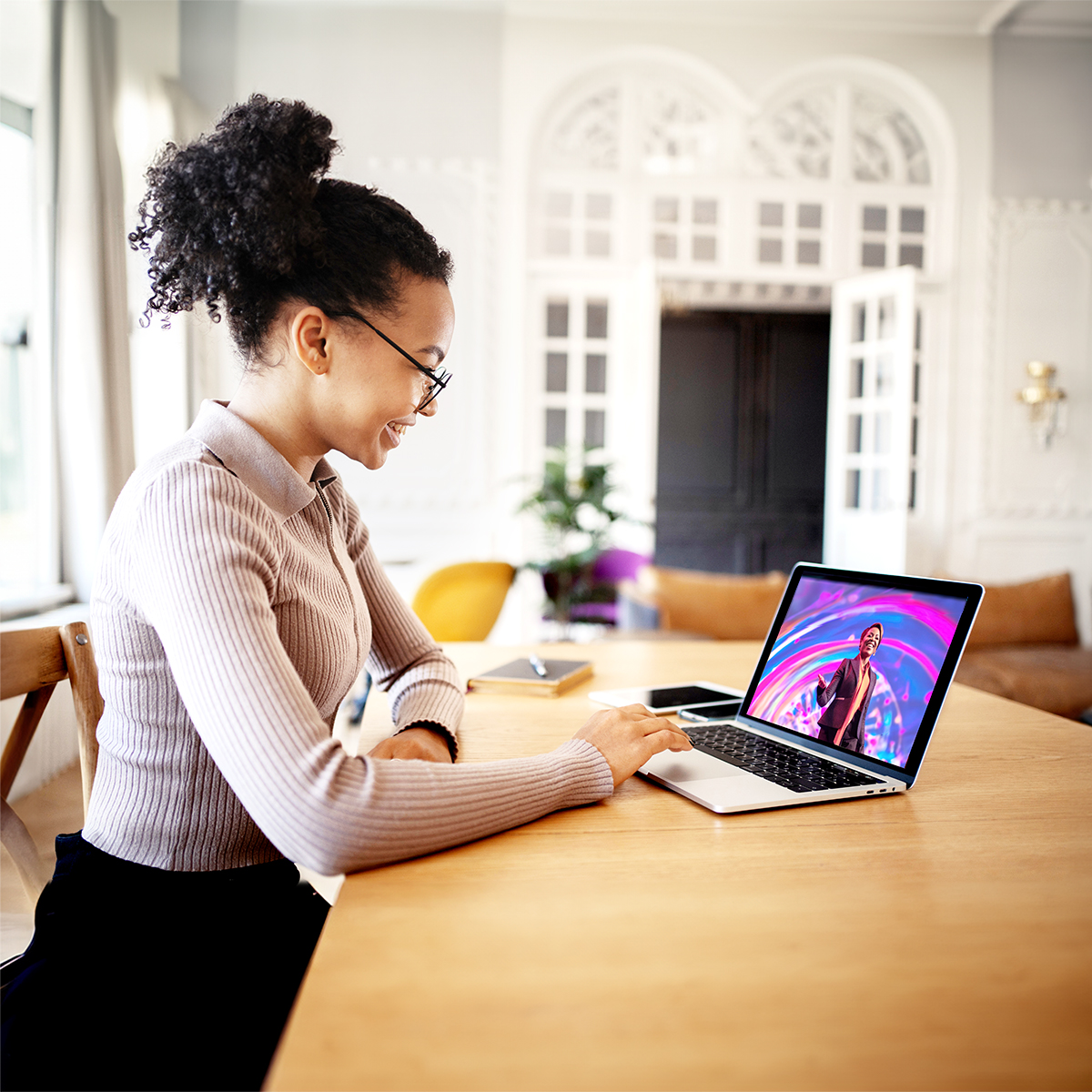
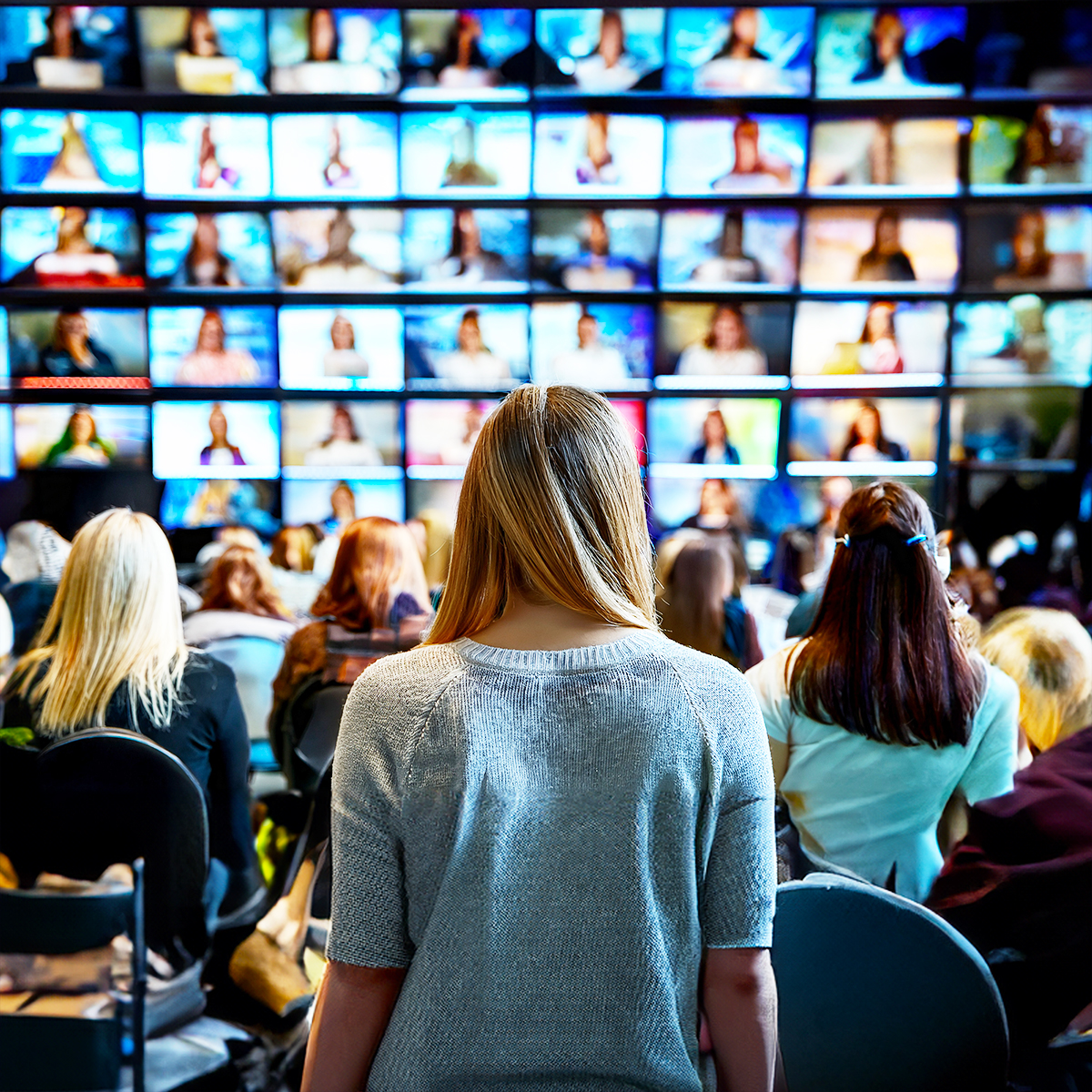
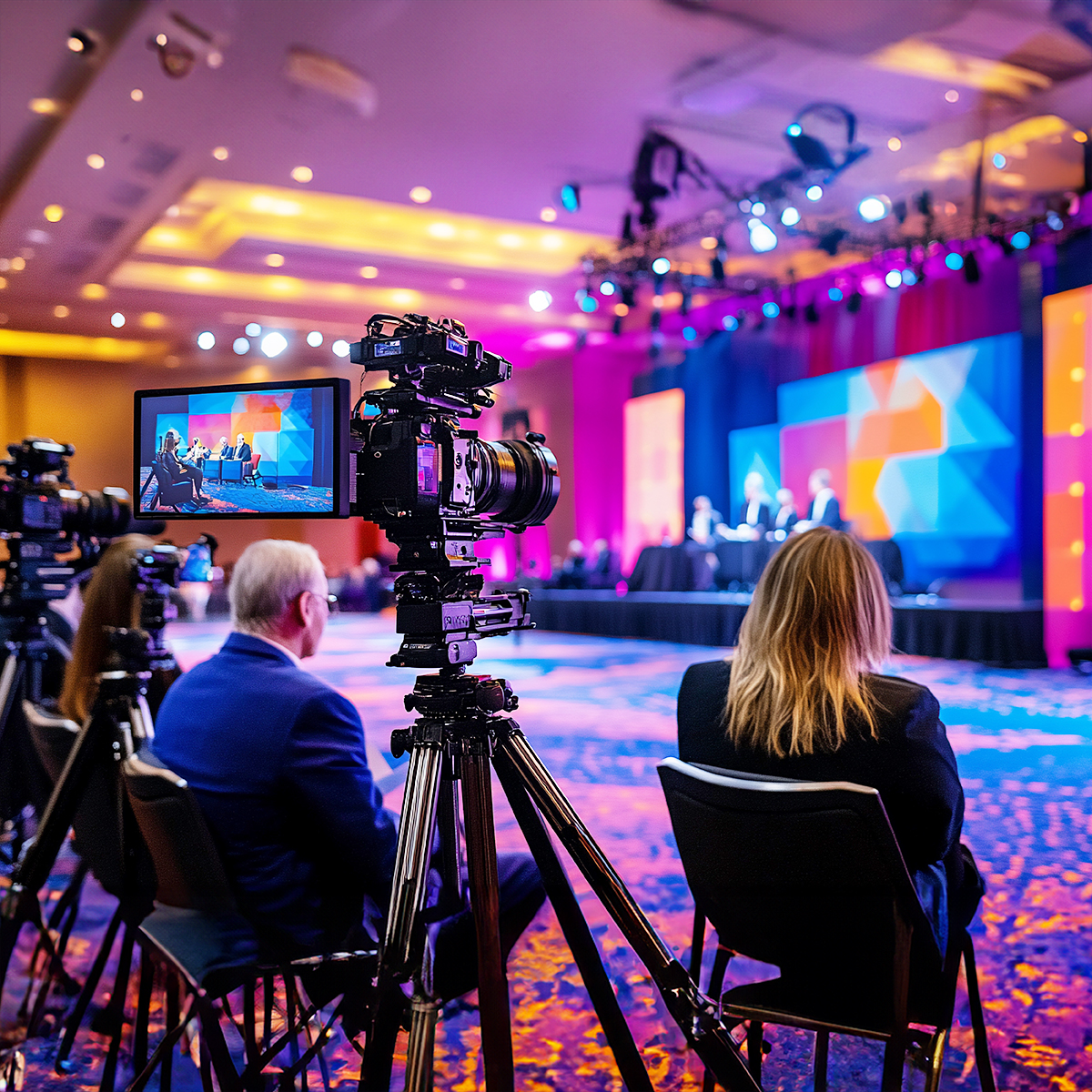
Case Studies
See how we bring ideas to life with end-to-end solutions designed to simplify your planning process and create one-of-a-kind experiences.
